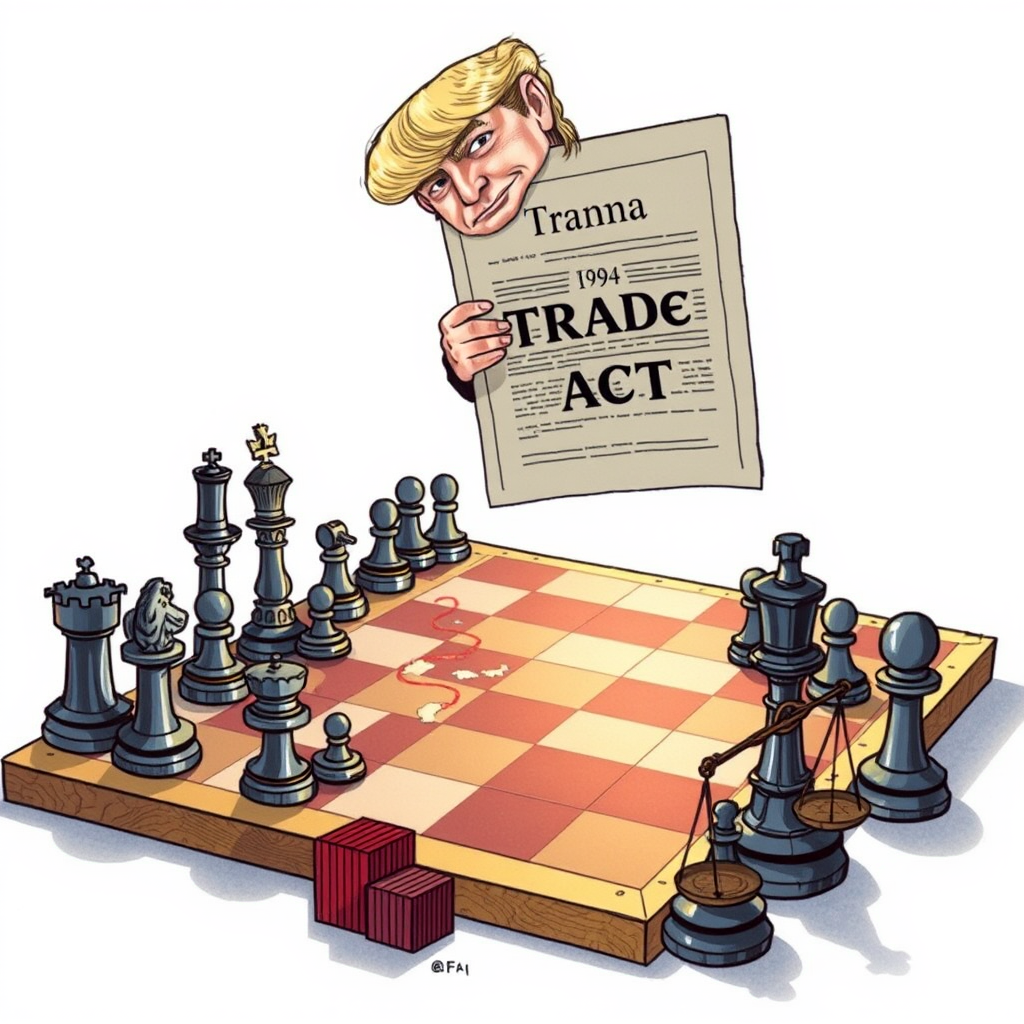Trump’s New Trade Power Play After Court Loss

Following a recent court decision blocking his broader tariff plans, President Donald Trump is expected to shift tactics and utilize alternative legal avenues to pursue his trade agenda, according to a report by The Economist. The court ruled that the President’s authority to impose universal tariffs isn’t covered under the law he initially cited, but rather falls under the 1974 Trade Act – a law offering a different, more limited set of powers.
This act allows Trump to implement a 15% tariff for up to 150 days. More significantly, it permits unlimited tariffs on specific countries deemed to be engaging in “unjustifiable” trade practices or those that “burden” or “restrict” American businesses. However, this authority isn’t absolute. The law mandates a thorough investigation, public notice, and a period for public comment before any tariffs can be levied – safeguards put in place following the use of a similar bill by President Richard Nixon.
The Economist predicts Trump will now focus on these “alternative powers,” potentially enacting a 10% universal tariff under the Trade Act as a temporary measure while appealing the court’s initial ruling. However, analysts suggest this approach is largely impractical. A comprehensive investigation into every trading partner would be required, a logistical hurdle that makes widespread tariff implementation unlikely.
The likely outcome, according to the report, is a series of trade disputes escalating to the Supreme Court. The court’s decision has already created uncertainty, “muddying” the waters for ongoing trade negotiations. Goldman Sachs analysts note that trade uncertainty has increased, not decreased, despite the ruling, a sentiment reflected in the relatively subdued market reaction compared to previous trade-related announcements. The Economist concludes that unless President Trump alters his strategy, American importers face a period of significant ambiguity and will be “doing business in the dark.”
Frankly, this situation highlights a concerning pattern. While the court rightly constrained the President’s initial overreach, the existence of alternative avenues – even limited ones – allows him to continue pursuing protectionist policies that disrupt global trade. The reliance on investigations and appeals simply delays the inevitable confrontation, creating prolonged instability for businesses and consumers. The market’s muted reaction isn’t a sign of approval, but rather a weary acceptance that trade policy will remain a volatile and unpredictable element of the current political landscape.